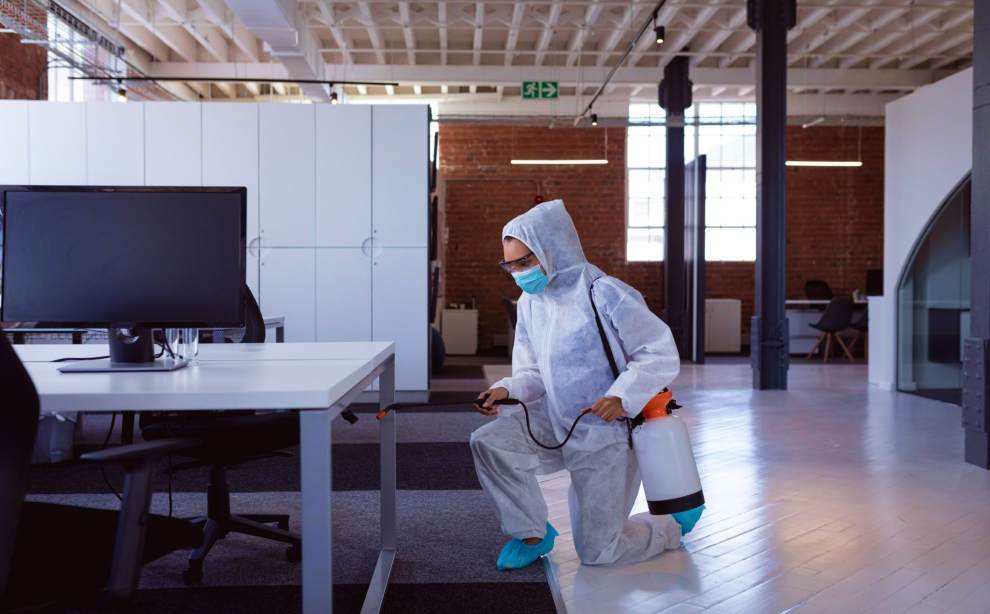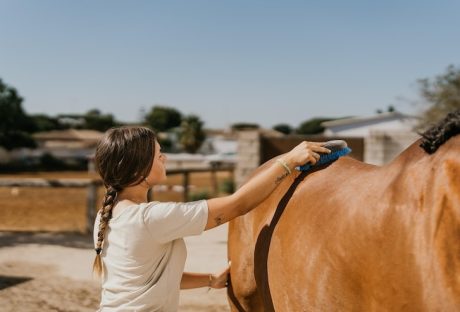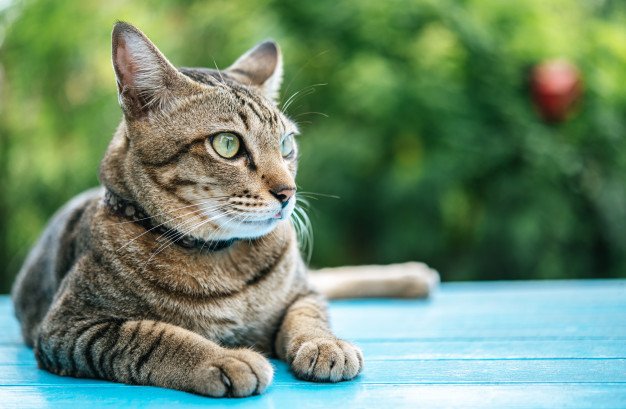Imagine walking into your favorite coffee shop, ready to enjoy your morning cup of joe, only to spot a cockroach scurrying across the counter. Or perhaps you’re meeting at your office when a mouse darts across the floor, causing chaos and distraction. Pest problems in commercial spaces can turn a pleasant experience into a nightmare for customers and employees. This article explores the challenges businesses face with pests and offers practical solutions to confront and eradicate these unwelcome guests, including contacting professional pest control services for expert assistance in managing infestations effectively.
Understanding the Impact of Pest Infestations in Commercial Areas:

Pests like rodents, insects, and birds can wreak havoc on commercial spaces. Not only do they pose health risks, but they can also damage property, contaminate food, and tarnish a company’s reputation. For restaurants, retail stores, and hospitality businesses, a pest sighting can result in lost customers and negative reviews. In office settings, pests can cause distractions and stress and damage valuable equipment and documents.
Commercial areas such as offices, shops, restaurants, hotels, etc. are prone to pest infestations due to the presence of food, water, waste, and other attractants. Pests can cause various problems in commercial areas such as:
- Damage to property, equipment, and inventory: Pests can destroy or contaminate various items such as furniture, electronics, documents, products, etc. by chewing, nesting, or defecating on them.
- Loss of reputation and customer satisfaction: Pests can create a negative impression on customers, clients, employees, and visitors by affecting the hygiene, quality, and safety of the commercial area and its services or products.
- Legal and regulatory issues: Pests can violate the health and safety standards and regulations that apply to commercial areas and expose them to fines, penalties, lawsuits, or closures.
Common Pests Found in Commercial Spaces:

Rodents: Mice and rats are notorious for finding their way into buildings for food and shelter. They can squeeze through tiny openings and reproduce rapidly, making them difficult to eradicate once they’ve established a presence.
Insects: Cockroaches, ants, and flies are common pests in commercial kitchens and food storage areas. They thrive in warm, moist environments and can contaminate food surfaces, leading to foodborne illnesses.
Birds: While birds may seem harmless, they can cause significant damage to commercial properties. Their droppings can corrode building materials, create slip hazards, and spread diseases like histoplasmosis and salmonella.
The Importance of Pest Control Measures:

Implementing effective pest control measures is essential for maintaining a clean, safe, and pest-free environment in commercial spaces. Prevention is key, and businesses should take proactive steps to seal entry points, eliminate food and water sources, and maintain proper sanitation practices. Regular inspections by licensed pest control professionals can help identify and address potential issues before they escalate into full-blown infestations.
It is extremely important that you take care of the health of not just yourself but all those working for you at the business premises. Pests can be highly dangerous and help spread toxic diseases. They can contaminate your food and drinks very quickly, which would, in turn, cause infections. You could choose less expensive options such as store-bought pesticides, but hiring a professional pest management control and inspection service can be the most beneficial method to get rid of them altogether.
Your workplace can be at risk of losing out on reputation and productivity if there are pests running loose. Employees usually perform less effectively if they feel they are working in an environment that is unsanitary and pest-infested.
Therefore, pest control measures are important to prevent or reduce the occurrence and impact of these problems. Pest control measures can be classified into two types: preventive and curative.
1. Preventative Pest Control Mesasures
Preventive pest control measures are those that aim to prevent the entry, establishment, or spread of pests in a given area. Some of the preventive pest control measures are:
- Sanitation: Keeping the area clean and free of garbage, clutter, food scraps, etc. that can attract or provide shelter for pests.
- Exclusion: Sealing or blocking the gaps, cracks, holes, or openings that can allow pests to enter or escape from the area.
- Repellents: Using substances or devices that can deter or discourage pests from approaching or staying in the area.
- Traps: Using devices that can capture or kill pests without harming the environment or non-target organisms.
2. Curative Pest Control Measures
Curative pest control measures are those that aim to eliminate or reduce the population or activity of pests that are already present in the area. Some of the curative pest control measures are:
- Biological: Using natural enemies or predators of pests such as insects, birds, animals, etc. that can feed on or parasitize them.
- Mechanical: Using physical methods or tools such as nets, screens, vacuums, etc. that can remove or destroy pests or their habitats.
- Chemical: Using substances or agents such as pesticides, insecticides, rodenticides, etc. that can kill or incapacitate pests or interfere with their growth or reproduction.
Strategies for Confronting Pest Problems:

Seal Entry Points: Conduct a thorough inspection of the property to identify any gaps or cracks pests could use to enter. Seal openings with caulk or steel wool to prevent rodents and insects from gaining access.
Eliminate Food Sources: Keep food storage areas clean and organized, and store food in airtight containers to prevent contamination. Regularly empty trash bins and clean up spills promptly to deprive pests of a food source.
Maintain Proper Sanitation: Good hygiene practices are essential for deterring pests. Regularly clean and sanitize kitchen surfaces, floors, and equipment, and ensure that drains are clear of debris to prevent moisture buildup.
Implement Integrated Pest Management (IPM): IPM is a holistic approach to pest control that combines multiple strategies, including cultural, mechanical, and chemical methods. Businesses can effectively manage pest populations by incorporating methods such as trapping, exclusion, and targeted pesticide applications while minimizing environmental impact.
Possible Side Effects Of Pest Control In Office
Commercial space owners most often delay or hesitate to ask for professional help to get rid of pests because they are apprehensive about the side effects of it. But it is a happy thing to note that not all pest control has undesirable side effects. Some of the possible side effects that pest control has are:
- Odor and irritation
- Chemical exposure
- Sensitivity in case of pre-existing health conditions
- Health risks such as dizziness and headaches
Monitoring and Documenting
It is incredibly important to keep a record of all pest sightings and the necessary control measures that have been implemented. Their effectiveness must also be checked from time to time. Monitoring the shifts from time to time helps you refine the pest management strategy.
A proactive as well as comprehensive approach towards pest control is an indispensable step for all businesses. These steps will guarantee the good health of the employees, create a pest-resistant space, safeguard the company’s reputation, and also save you from facing potential financial losses due to pest-related damages.
Things to Keep in Mind While Choosing Pest Control Serives for Commercial Areas
Selecting a reliable and professional pest control service is crucial for maintaining a pest-free and productive commercial area. Here are some things to keep in mind while selecting pest control services for commercial areas:
Experience and expertise
Choose a pest control service that has adequate experience and expertise in dealing with the specific type of pests and the specific type of commercial area that you have. Check their credentials, certifications, licenses, and references to verify their quality and reputation.
Customized and comprehensive solutions
Choose a pest control service that offers customized and comprehensive solutions that suit your needs and preferences. The pest control service should conduct a thorough inspection and assessment of your commercial area and provide a detailed plan and proposal that covers the scope, methods, costs, and expected outcomes of the pest control intervention.
Integrated pest management (IPM) approach
Choose a pest control service that follows the IPM approach, which is an environmentally friendly and effective way of pest management. The IPM approach involves using a combination of preventive, curative, and monitoring measures that minimize the use of pesticides and chemicals and maximize the use of natural and mechanical methods.
Safety and sustainability
Choose a pest control service that ensures the safety and sustainability of the pest control intervention. The pest control service should use only approved and registered pesticides and chemicals that are safe for humans, animals, and plants.
The pest control service should also follow the proper disposal and recycling procedures for the pest control materials and waste. Also, the pest control service should also provide follow-up and maintenance services to prevent or reduce the recurrence of pest infestations.
Customer service and communication
Choose a pest control service that provides excellent customer service and communication. The pest control service should be responsive, courteous, and transparent in their dealings with you. The pest control service should also keep you informed and updated about the progress and results of the pest control intervention and address any issues or concerns that you may have.
Summing it Up
Pest problems in commercial spaces can have serious consequences for businesses, ranging from health and safety concerns to financial losses and damage to reputation.
By understanding the impact of pest infestations and contacting professional pest control services for expert assistance, businesses can implement proactive pest control measures to create a clean, safe, and welcoming environment for customers and employees. Remember, prevention is always better than cure when it comes to pests. So, don’t wait until you have a pest problem – take action now to protect your commercial space from unwelcome guests.
Read Also:






















